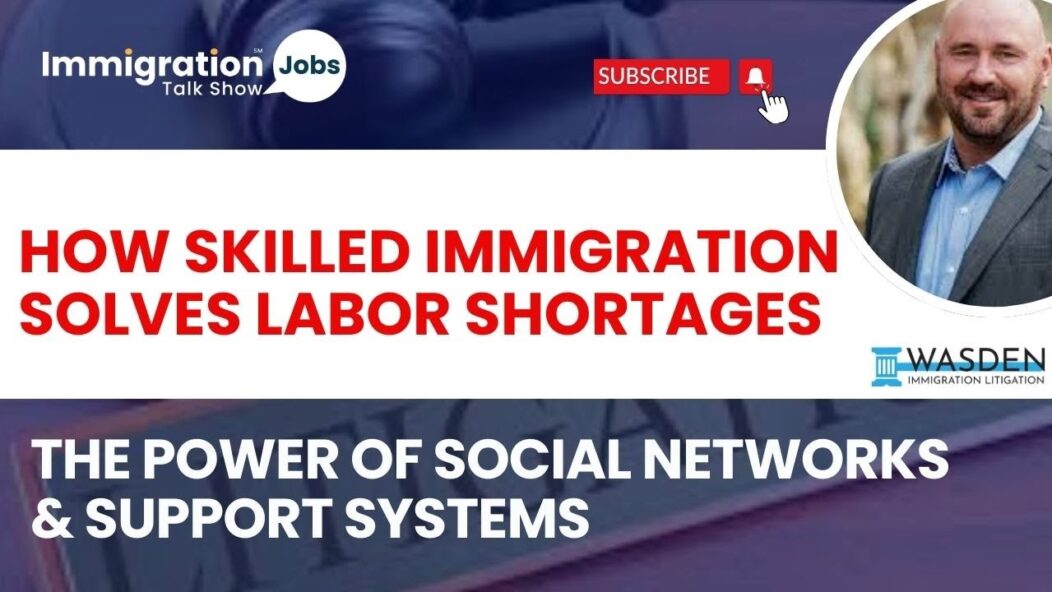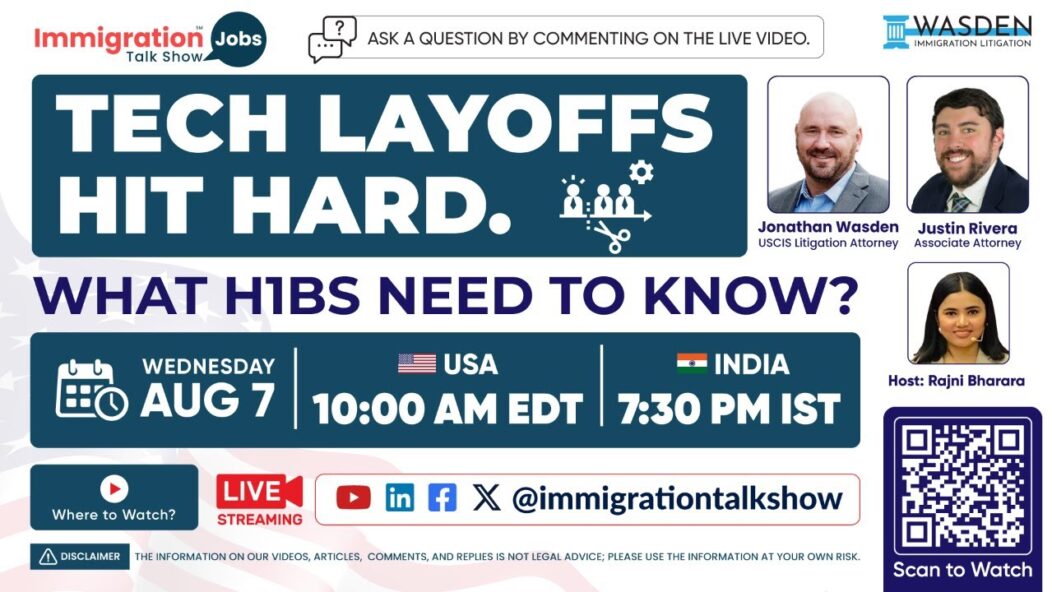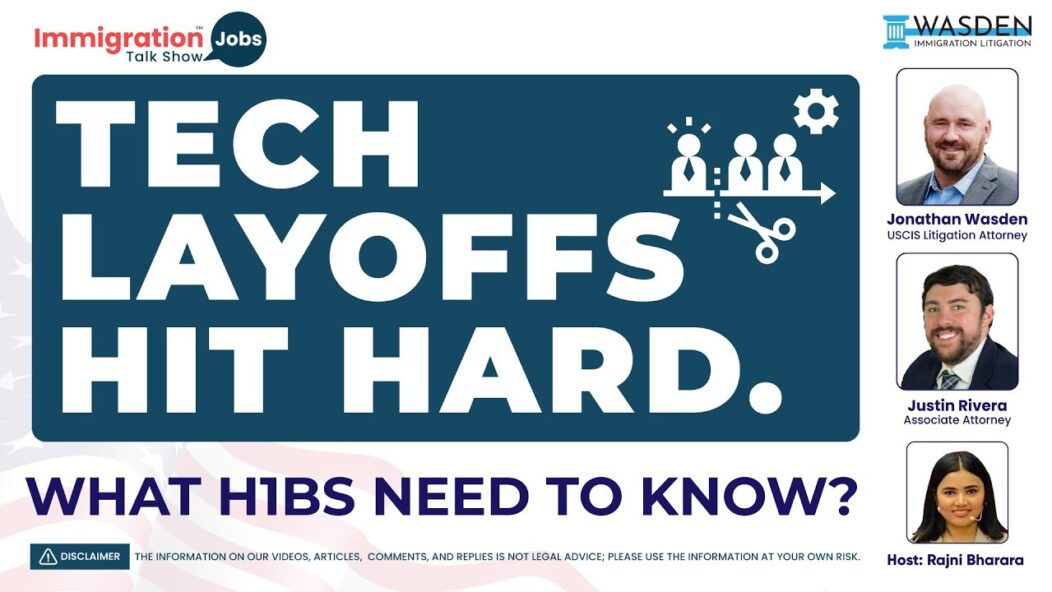While the U.S. Department of Homeland Security (DHS) recently updated its list of countries eligible for H-2A and H-2B visa programs, India remains conspicuously absent. These programs offer temporary work opportunities in agriculture (H-2A) and non-agricultural industries (H-2B) but are limited to nationals of designated countries. Despite its vast labor force and growing U.S.-India ties, India’s exclusion from these programs continues to raise questions about its future role in the H-2 visa framework.
Key Takeaways
- India Not on the List: Despite being a major labor exporter globally, India is not eligible for the H-2A and H-2B programs.
- Program Overview: The H-2A program addresses agricultural labor shortages, while H-2B focuses on non-agricultural roles like construction, landscaping, and hospitality.
- Eligibility Criteria: Inclusion depends on factors like visa compliance, overstay rates, and cooperation with U.S. immigration authorities.
- Opportunities for Expansion: India’s exclusion highlights missed potential for both countries to strengthen economic and workforce ties.
Context
The H-2 visa programs were introduced to fill labor shortages in the U.S. temporarily. Each year, the DHS reviews participating countries to ensure compliance and alignment with U.S. labor policies. India’s absence from these lists contrasts sharply with its strong representation in other U.S. visa categories, such as H-1B for skilled workers and F-1 for students.
The Untapped Potential of Indian Workers
India has one of the largest labor forces in the world, with skilled and unskilled workers contributing to various global industries. The U.S. labor market’s seasonal demands, particularly in construction, landscaping, and agriculture, could benefit significantly from Indian workers. For instance, the hospitality and tourism sectors, which rely heavily on H-2B workers, often face shortages during peak seasons—an area where Indian nationals could make a meaningful impact.
Indian laborers possess skills and experience that align with U.S. seasonal employment needs but remain excluded from H-2 visa eligibility.
Why India Is Missing from the List
India’s absence from the H-2A and H-2B programs is often linked to visa overstay concerns. Historically, non-compliance with terms of temporary U.S. visas has been cited as a factor in restricting access to these programs. Moreover, the U.S. government prioritizes countries with a proven track record of adhering to visa regulations and supporting broader immigration objectives.
The exclusion stems from visa compliance issues, high overstay rates, and bilateral policy priorities.
The Economic Impact of Inclusion
For India, inclusion in the H-2 visa programs would provide a vital channel for its workers to access new opportunities, boosting remittances and strengthening bilateral economic ties. For U.S. employers, tapping into India’s workforce could help address labor shortages in sectors struggling to find reliable seasonal workers. Given India’s reputation for a hardworking and adaptable labor force, the mutual benefits are evident.
If India were added to the list, both nations could reap significant economic benefits.
The Role of Legal Assistance for Workers and Employers
Legal aid is indispensable for both employers and potential workers, ensuring a clear understanding of eligibility criteria, compliance guidelines, and documentation. Employers often face challenges navigating the complex requirements of visa petitions, while workers need guidance on rights and responsibilities under U.S. law. Immigration attorneys act as advocates, streamlining the process for all parties involved.
Immigration attorneys are essential in bridging the gap between labor markets and legal requirements.
Conclusion
India’s potential inclusion in the H-2A and H-2B visa programs represents a missed opportunity to bolster U.S.-India ties and address workforce shortages. While current eligibility criteria exclude India, a policy shift could pave the way for mutual economic growth and stronger bilateral relations. For now, the focus should remain on fostering compliance and dialogue to make this opportunity a reality in the future.
FAQs
Why isn’t India eligible for the H-2A and H-2B programs?
India’s exclusion is primarily due to visa overstay concerns and non-compliance with past U.S. immigration policies.
What are the H-2A and H-2B visa programs?
The H-2A program allows foreign nationals to work in U.S. agriculture temporarily, while the H-2B program applies to non-agricultural sectors like construction and hospitality.
Could India be added to the list in the future?
Yes, DHS reviews country eligibility annually. Improved compliance and stronger bilateral ties could lead to India’s inclusion.
What benefits would Indian workers bring to these programs?
Indian workers could fill critical labor shortages in seasonal industries, enhancing productivity for U.S. employers.
How can immigration attorneys help with these programs?
Attorneys guide employers and workers through the legal and procedural complexities of visa applications, ensuring compliance with U.S. laws.
Where can Indian nationals seek work-related visas in the U.S.?
Indian nationals frequently pursue H-1B visas for skilled jobs and L-1 visas for intra-company transfers, among others.
Authors: Jonathan Wasden & Justin Rivera, Immigration Attorneys
How useful was this post?
Click on a star to rate it!









